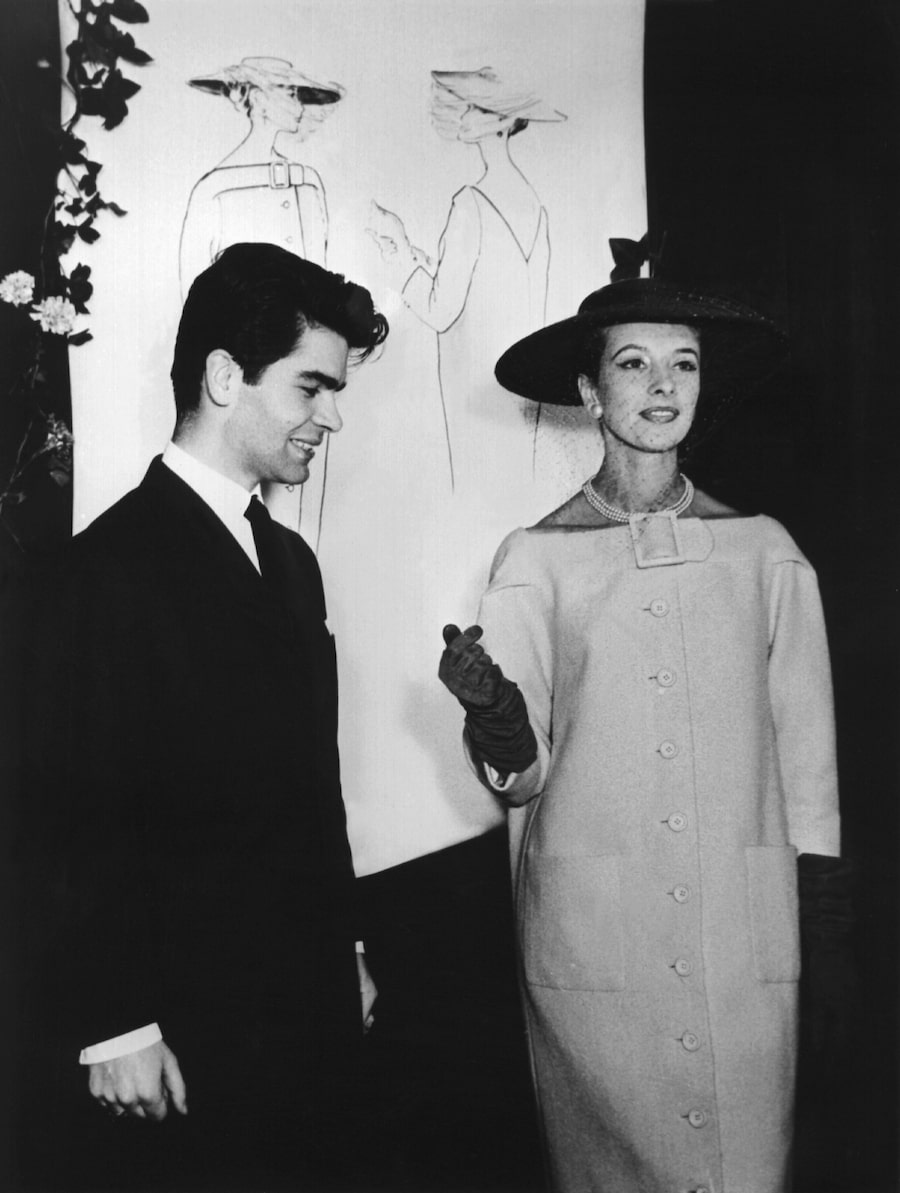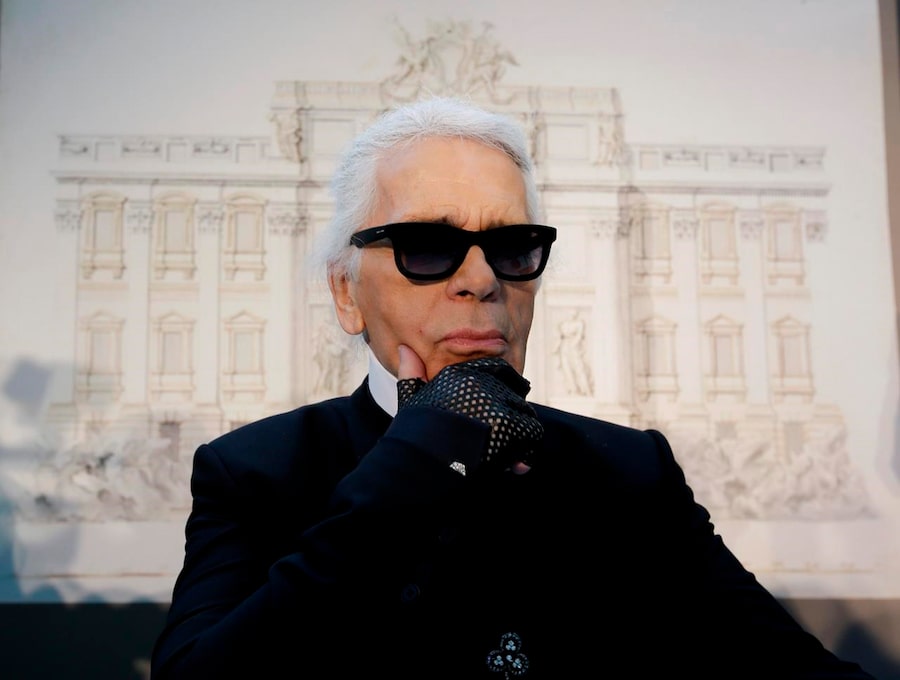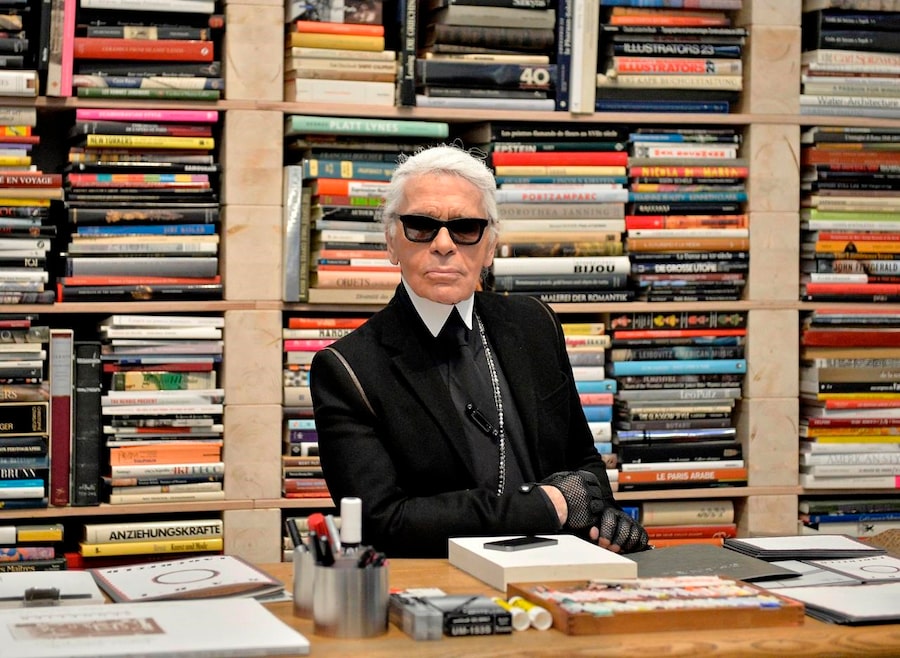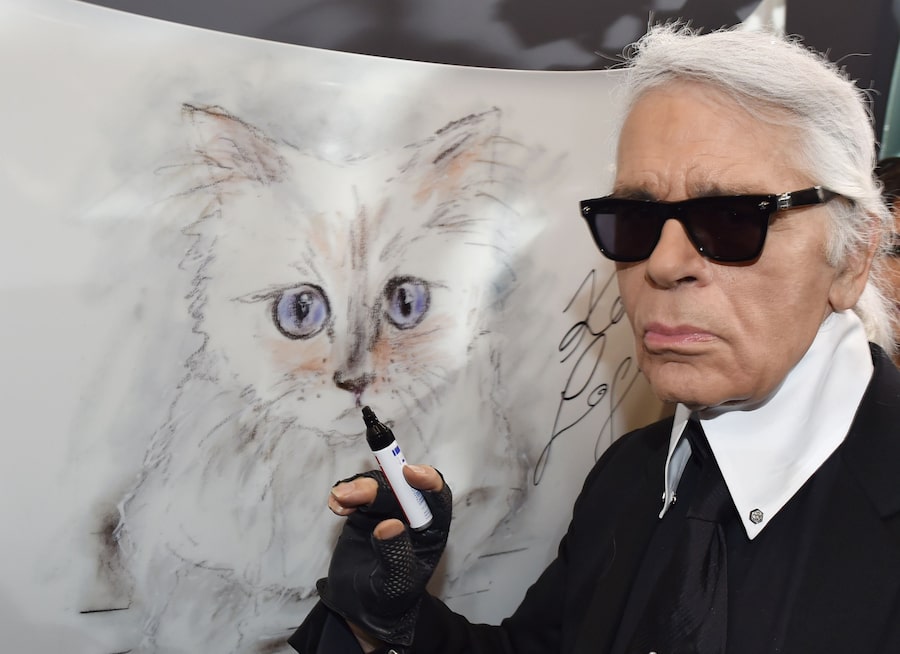German designer Karl Lagerfeld appears at the end of his Spring-Summer Haute Couture 2009 fashion show for French fashion house Chanel in Paris on Jan. 27, 2009.Jacky Naegelen/Reuters
Karl Lagerfeld, the German fashion designer and long-time artistic force at Chanel, has died at 85, the company confirmed Tuesday. Lagerfeld has been Chanel’s creative director since 1983, when CEO Alain Wertheimer gave him “carte blanche” to reinvent the brand. “Today, not only have I lost a friend, but we have all lost an extraordinary creative mind,” the co-owner of the privately held luxury company said in the statement, announcing the appointment of veteran Lagerfeld collaborator Virginie Viard as his successor.
The news was sad, but not shocking. When she heard about his passing, Jeanne Beker was heartbroken. “But I was expecting it,” says the pioneering FashionTelevision host. "He was looking increasingly frail in recent months, and he didn’t even attend his last Chanel couture show,” she explains over e-mail. The journalist began covering Lagerfeld in 1985, shortly after he started at Chanel, and witnessed how the fashion industry changed as he shaped the brand into the multi-disciplinary creative platform it is today.
“He was proof positive that, at least in fashion, the wheel could indeed be regularly re-invented,” Beker says. “He taught us that dreaming was imperative in order to create beauty, and while he respected and was inspired by the past, looking forward is all that ultimately matters in fashion.”
Fashion icon Karl Lagerfeld dies at 85
Keeping the past and present in delicate balance is how Lagerfeld singlehandedly revived interest in the Chanel house, says Fashion magazine editor-in-chief Noreen Flanagan. “He brought an inventive and modern twist to Coco’s iconic tweeds, black dresses and handbags.” The brand’s venerable interlocking Cs may be famous now, but they had previously only appeared on founder Gabrielle Chanel’s own jewellery and objects as her personal monogram. By using them in design and branding, Lagerfeld created a new luxury shorthand and arguably established the modern template for fashion brand revivals (one that industrialist Bernard Arnault would later use as he acquired heritage brands such as Christian Dior in his LVMH luxury group). “My job is not to do what she did, but what she would have done,” Lagerfeld once said about the founder.
Beker recalls Lagerfeld being among the first to show sneakers in a haute couture runway. “Karl was all about breaking rules, and celebrated the street long before it became the popular thing to do,” she says. The prolific designer’s influence is extensive – in the fashion industry and in the culture at large. He was keenly interested in pop culture, as an eclectic front row of musicians like Pharrell Williams, actors Blake Lively, Kristen Stewart and Tilda Swinton can attest.
The staggering thing is that the designer did all this while also steering his namesake Karl Lagerfeld brand and working continuously for Fendi since 1965. Over the years, Lagerfeld also collaborated with many other brands, worked on campaigns for Coca-Cola (his preferred fuel) and in 2004, was the first of H&M’s now-annual limited-edition designer collaborations.
“His creative output was unparalleled,” says veteran Canadian fashion critic and editor Bernadette Morra, who first interviewed Lagerfeld backstage at Chanel around 1990 and remembers many lively and generous interviews. “His mind was just always clicking at such a rate, and his interests were beyond fashion, in books and furniture and art and history. His output was so rich,” she adds.
Born in Hamburg in 1933, Lagerfeld began his fashion career in 1955 as assistant to Pierre Balmain, and went on to work at Jean Patou before spending most of the 1960s and 1970s as a regular freelancer for labels like Fendi, Curiel, Tiziani of Rome and Chloé. He took over at Chanel in 1983 and with the rise of celebrity and fashion as entertainment in the 1990s, a cult of personality blossomed around international designers and he soon became as much of an icon as those entwined Cs. He was recognized the world over well beyond the fashion cognoscenti thanks to his uniform of black jacket, high collar cravat, powdered white hair, fingerless gloves and sunglasses.
The polymath’s wide-ranging intellectual curiosity means he also had a publishing imprint, did editorial and commercial photography, made short films, and created costumes for film (from Babette’s Feast to Blue Jasmine), dance and the theatre. It was impossible to predict what might pique his interest next. Lagerfeld visited Canada only once, for example, in the spring of 2015, to unveil his lobby designs for a Toronto luxury condominium. In an age of PR spin his was always a refreshingly unfiltered opinion – on everything, and not without controversy. “I hate ugly people,” he said in 2015; and made disparaging remarks about everyone from Adele to Meryl Streep to Pippa Middleton.
It may be the end of an era, and fashion’s future without Lagerfeld is certainly less interesting and “perhaps a little less bright,” Beker says. “But hopefully his spirit will help guide us toward the light Karl would definitely want us all to look forward, with optimism.”
Live with style. We have a weekly Style newsletter on fashion and design trends, plus shopping tips and inspiration. Sign up today.




 Nathalie Atkinson
Nathalie Atkinson